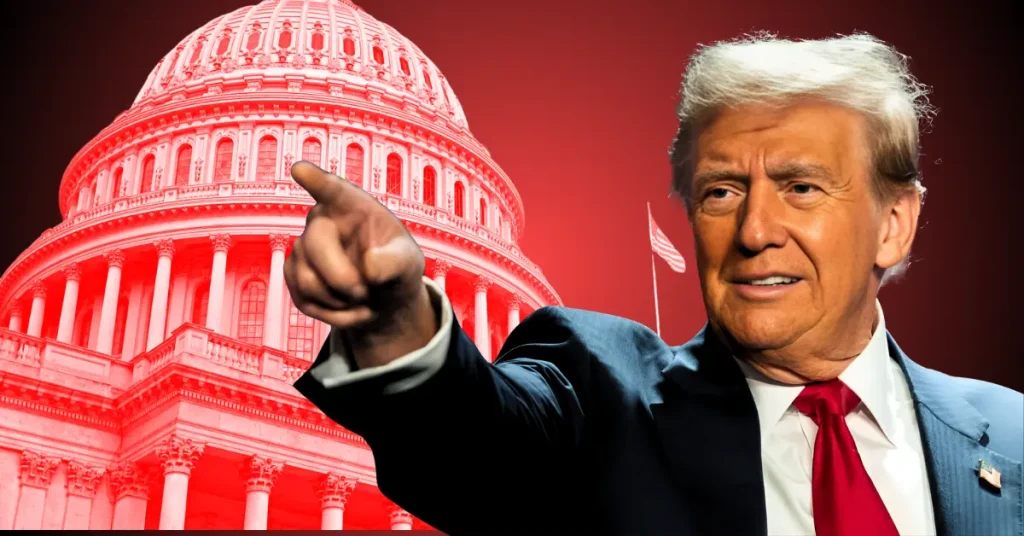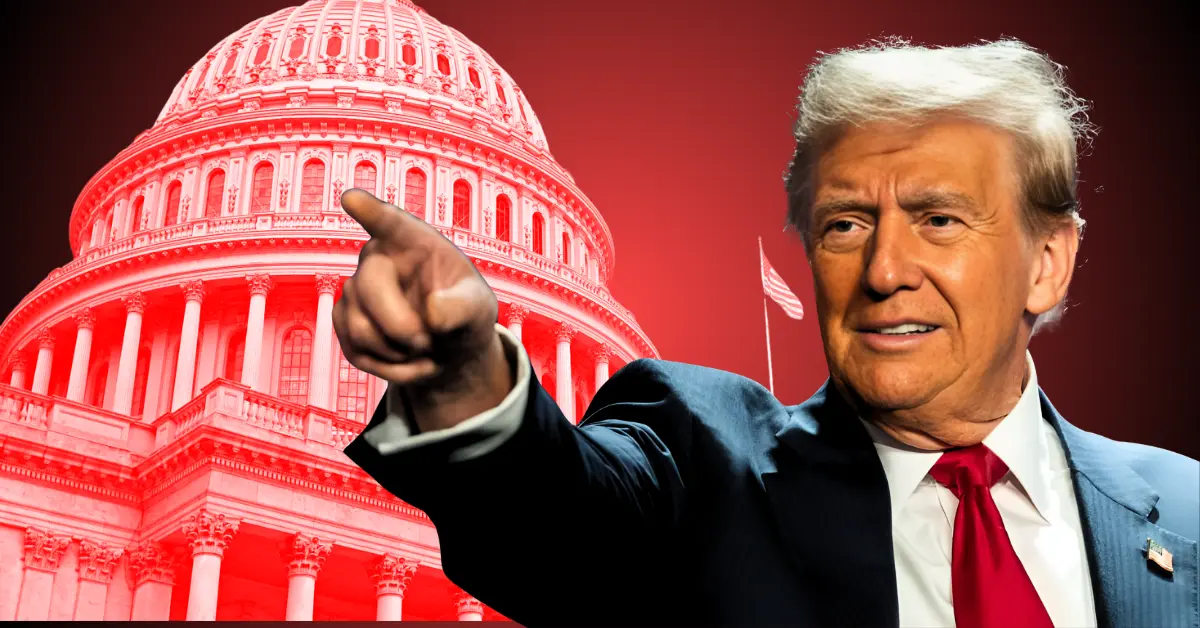
The Complexities of Monetary Policy: Trump’s Fed Visit and the Swiss Dream
Introduction: A Clash of Perspectives
The intersection of politics and monetary policy has always been a delicate dance, but Donald Trump’s visit to the Federal Reserve headquarters brought this tension into sharp focus. His public advocacy for lower interest rates, particularly his admiration for Switzerland’s monetary policy, sparked a broader debate about the role of the Fed, the independence of central banks, and the economic implications of drastic rate cuts. This analysis delves into the nuances of Trump’s arguments, the realities of the Swiss model, and the broader implications for U.S. economic policy.
The Political Pressure on the Fed
Trump’s visit to the Fed was not merely symbolic; it was a calculated move to influence monetary policy. His repeated calls for lower interest rates, including a dramatic 300-basis-point cut, were framed as a means to stimulate economic growth. However, these demands raised serious concerns about the Fed’s independence. Central banks are designed to operate free from political pressure to ensure that monetary policy decisions are based on economic data rather than short-term political gains. Trump’s public campaign risked undermining this principle, potentially destabilizing financial markets and eroding investor confidence.
The Fed’s dual mandate—promoting maximum employment and price stability—requires a careful balance. Political interference could lead to policies that prioritize short-term gains over long-term stability. For instance, a sudden, significant rate cut could fuel inflation or create asset bubbles, which would ultimately harm the economy. The Fed’s cautious approach, led by Jerome Powell, reflects a commitment to data-driven decision-making, even in the face of political pressure.
The Swiss Model: A Simplified Comparison
Trump’s frequent references to Switzerland’s low interest rates as a model for the U.S. economy oversimplified a complex issue. Switzerland’s monetary policy is shaped by its unique economic conditions, including a strong currency, a small and highly specialized economy, and a central bank that has historically used negative interest rates to manage deflationary pressures. The Swiss National Bank (SNB) has also intervened in currency markets to prevent the Swiss franc from appreciating too rapidly, which could harm exports.
The U.S. economy, by contrast, is vast and diverse, with different challenges and opportunities. A direct adoption of Swiss-style interest rates could have unintended consequences. For example, lower rates might weaken the U.S. dollar, making imports more expensive and fueling inflation. Additionally, prolonged low rates could lead to excessive risk-taking in financial markets, as investors seek higher returns in a low-yield environment. The Swiss model, while appealing in its simplicity, does not account for the unique dynamics of the U.S. economy.
The 300-Basis-Point Call: A Risky Proposition
Trump’s call for a 300-basis-point rate cut was particularly striking, given the potential economic implications. Such a drastic reduction would represent a significant shift in monetary policy, with far-reaching consequences. Proponents argue that lower rates would stimulate economic growth by making borrowing cheaper for businesses and consumers, potentially boosting investment and job creation. A weaker dollar could also make U.S. exports more competitive, reducing the trade deficit.
However, critics warn that such a move could destabilize the economy. Lower rates could lead to inflation, as excess liquidity in the financial system drives up prices. They could also create asset bubbles, particularly in real estate and stock markets, which would eventually burst, causing economic turmoil. The Fed’s gradual approach to rate adjustments is designed to avoid these pitfalls, ensuring that monetary policy remains aligned with economic conditions.
The Debt Factor: A Hidden Motive?
One of the underlying factors driving Trump’s advocacy for lower interest rates may have been the U.S. national debt. Lower rates would reduce the government’s borrowing costs, easing the burden on taxpayers. However, relying on low interest rates to manage the debt is a risky strategy. Prolonged low rates could lead to inflation, eroding the real value of government debt but also reducing the purchasing power of consumers. A more sustainable approach would involve addressing the underlying fiscal imbalances that contribute to the debt, such as reducing government spending or increasing tax revenues.
The Fed’s role is not to manage the national debt but to promote stable prices and maximum employment. Using monetary policy to address fiscal issues could compromise the Fed’s independence and credibility. The separation of monetary and fiscal policy is a cornerstone of economic stability, ensuring that each policy area operates within its respective framework.
Global Context: A World of Divergent Policies
Trump’s focus on Switzerland and the European Union highlighted the global landscape of interest rates. Many developed countries have maintained low or even negative interest rates in recent years, reflecting concerns about slow economic growth and deflation. However, the U.S. economy has generally outperformed its peers, with stronger growth and lower unemployment. This has led the Fed to adopt a more hawkish stance, gradually raising interest rates to prevent inflation from overheating the economy.
The global context underscores the complexities of monetary policy and the challenges of comparing interest rates across different countries. Each economy has its unique conditions, and what works for one may not be suitable for another. The Fed’s approach must be tailored to the U.S. economy, considering factors such as inflation, employment, and financial stability.
Economic Impact: A Double-Edged Sword
The potential economic impact of Trump’s proposed rate cuts is a subject of debate. Proponents argue that lower rates would stimulate economic growth, boost investment, and create jobs. They also point to the potential for a weaker dollar to boost exports and reduce the trade deficit. However, critics warn that lower rates could lead to inflation, asset bubbles, and other economic imbalances. They also argue that the U.S. economy is already operating near full capacity, and that further stimulus could simply lead to higher prices.
The actual impact of lower rates would depend on a variety of factors, including the state of the economy, the level of inflation, and the response of financial markets. The Fed’s cautious approach reflects a desire to avoid making any sudden or drastic changes to monetary policy that could destabilize the economy. Powell’s emphasis on data dependency ensures that monetary policy remains aligned with economic conditions, rather than political expediency.
Conclusion: A Legacy of Tension
Donald Trump’s persistent campaign for lower interest rates and his public pressure on the Federal Reserve marked a significant departure from traditional norms. While his arguments about boosting economic growth resonated with some, his actions raised concerns about the Fed’s independence and the potential for political interference in monetary policy. The long-term consequences of this pressure remain to be seen, but it undoubtedly left a lasting mark on the relationship between the White House and the central bank. The “Swiss Dream,” while appealing in its simplicity, underscored the complexities of managing a large and dynamic economy in a globalized world. The Fed’s commitment to independence and data-driven decision-making remains crucial for maintaining economic stability and fostering long-term growth.





